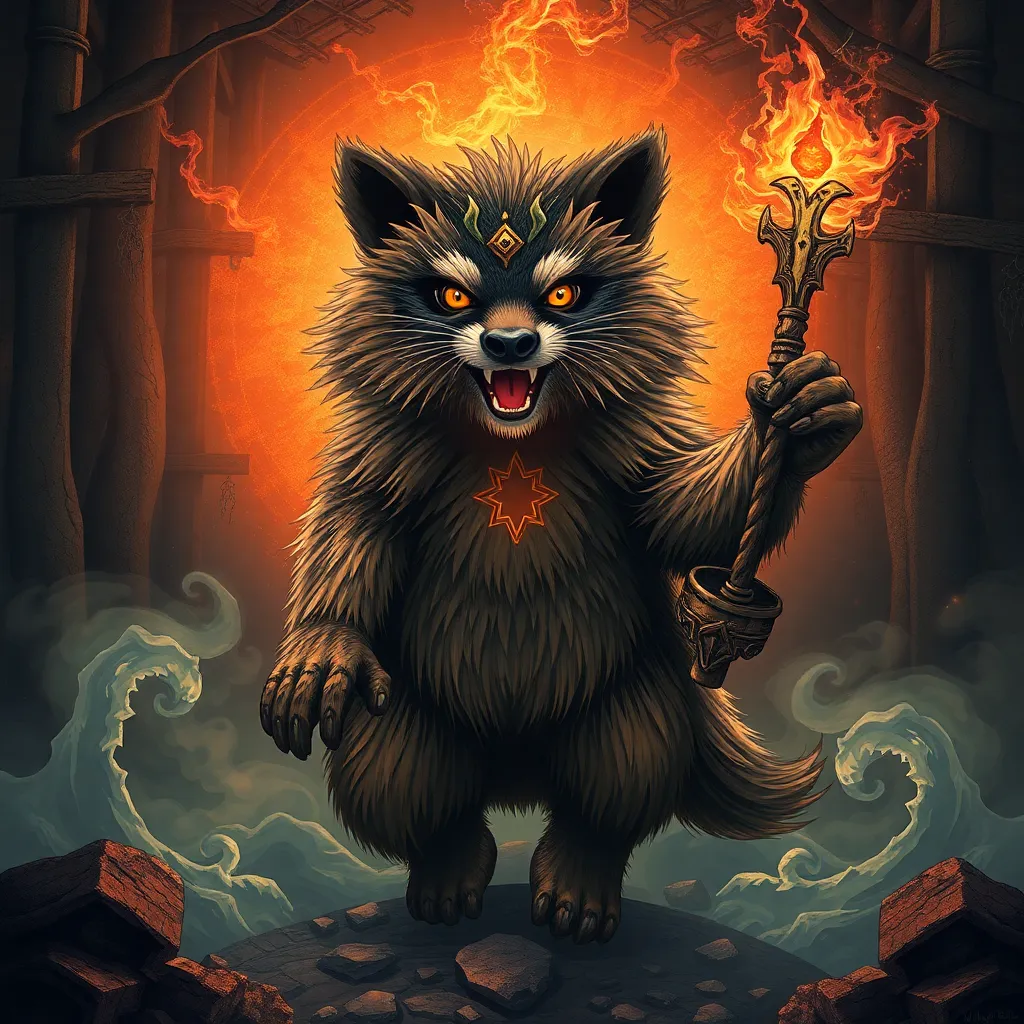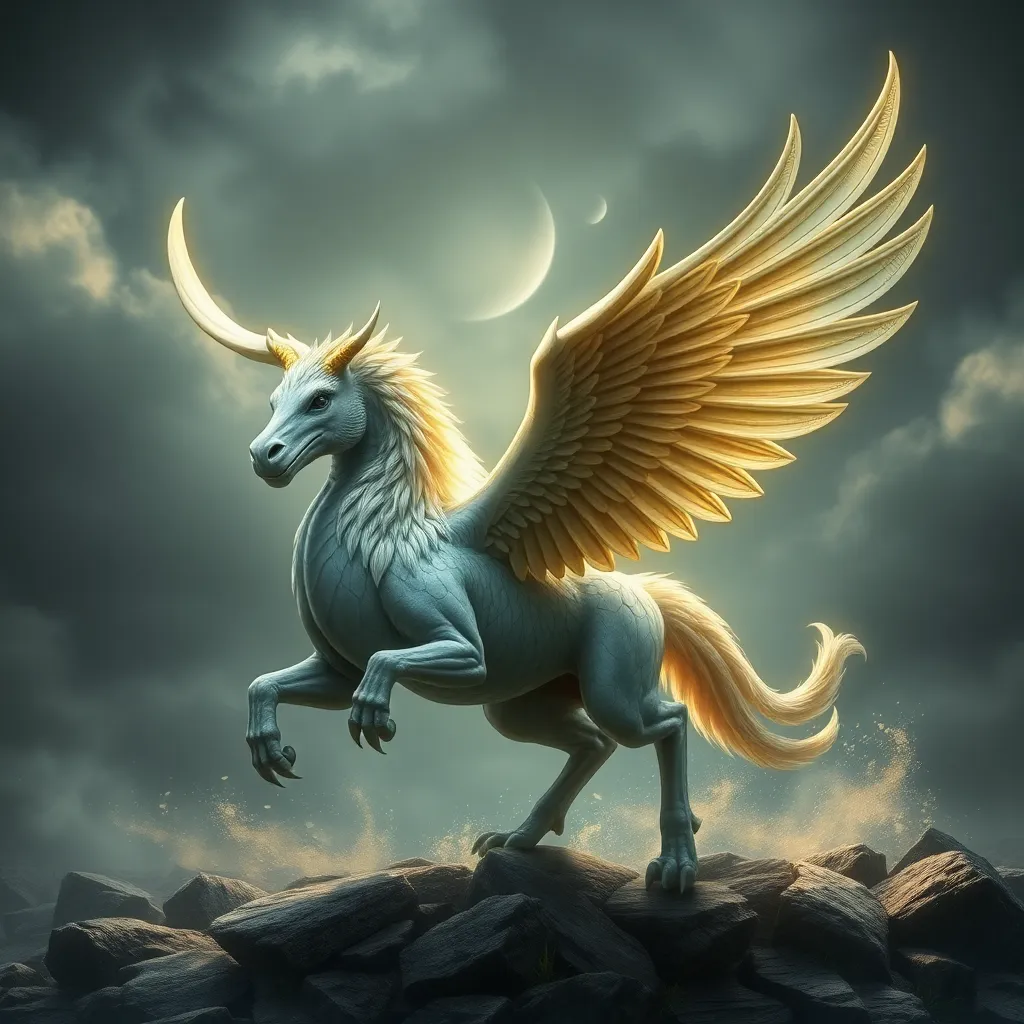The Sacred Rituals: Celebrations in Mythical Places
Introduction to Sacred Rituals and Mythical Places
Sacred rituals are ceremonial acts that are imbued with spiritual significance, often connecting practitioners with the divine, nature, or the cosmos. These rituals can encompass a wide range of practices, from prayer and meditation to elaborate festivals and communal gatherings. They serve to mark important life events, seasonal changes, and communal identity.
Mythical places, on the other hand, are locations steeped in mythology and folklore, often associated with legends, deities, or pivotal historical events. From the lost city of Atlantis to the enchanting realm of Avalon, these sites capture the imagination and hold deep cultural significance. Celebrating in these locations enhances the spiritual experience, allowing participants to connect with the narratives and energies associated with these places.
The Historical Context of Sacred Rituals
The origins of rituals can be traced back to ancient civilizations, where they were integral to communal life and spiritual practice. Early humans engaged in rituals to appease gods, ensure bountiful harvests, and navigate the mysteries of life and death. Over time, these rituals evolved, reflecting changes in societal beliefs, cultural interactions, and advancements in understanding.
Mythical places played a crucial role in these historical narratives, serving as backdrops for significant events and as loci for pilgrimage and worship. For instance, the Temple of Delphi in ancient Greece was not only a site for oracles but also a sacred space where rituals were performed to honor the god Apollo.
Exploring Major Mythical Locations
Several mythical locations continue to intrigue and inspire people across cultures. Here are a few notable examples:
- Atlantis: Often depicted as a utopian society that sank into the ocean, Atlantis symbolizes lost wisdom and the fragility of civilization.
- Avalon: Associated with Arthurian legends, Avalon is considered a mystical island of healing and magic, where King Arthur is said to rest.
- El Dorado: The legendary city of gold, sought after by explorers, represents the human desire for wealth and the pursuit of dreams.
Each of these locations carries significant cultural weight and has inspired a wealth of folklore, art, and interpretation over the centuries. In contemporary times, these mythical places are often romanticized, blending history with fantasy as they continue to capture the collective imagination.
Rituals Associated with Nature and the Elements
Many sacred rituals are intricately tied to natural phenomena, celebrating the cycles of nature and the elements. These rituals often align with solstices, lunar cycles, and seasonal changes, reflecting humanity’s deep connection to the earth.
Examples of notable celebrations in sacred natural sites include:
- Stonehenge: The summer solstice attracts thousands of visitors who gather to witness the alignment of the stones with the rising sun.
- Uluru: Indigenous Australians perform rituals and ceremonies at this sacred site, honoring their ancestral connections and the spiritual significance of the land.
Nature plays a vital role in myth-making and spirituality, as it is often seen as a manifestation of the divine. The reverence for natural elements can be found in numerous rituals worldwide, emphasizing respect for the earth and its cycles.
Religious and Spiritual Rituals in Mythical Places
Specific religious practices often manifest in mythical locations, where the spiritual significance of the site enhances the ritual experience. Pilgrimages to such places are common, as believers seek to connect with their faith in a profound way.
Some notable case studies include:
- The Temple of Delphi: Ancient Greeks traveled to Delphi to seek guidance from the Oracle, participating in rituals that involved offerings and divination.
- Mecca: The Hajj pilgrimage, one of the five pillars of Islam, brings millions to the sacred city, emphasizing unity and submission to God.
The interplay between religion and mythology enriches these celebrations, as participants engage with the stories and teachings that define their beliefs.
Festivals and Celebrations in Mythical Contexts
Annual festivals celebrating myths and legends are integral to many cultures, fostering community engagement and continuity of tradition. These celebrations often incorporate elements of storytelling, music, dance, and feasting.
Some examples of cultural festivals include:
- Dia de los Muertos: Celebrated in Mexico, this festival honors deceased loved ones with altars, offerings, and vibrant festivities.
- Beltane: A Celtic festival marking the beginning of summer, celebrated with bonfires, dancing, and rituals to ensure fertility and prosperity.
The role of community and participation in these celebrations cannot be overstated, as they strengthen social bonds and reinforce cultural identity.
Symbolism and Art in Sacred Rituals
Symbols and artifacts play a significant role in sacred rituals, serving as conduits for spiritual expression and connection. From intricate masks and totems to ceremonial attire, these elements enhance the ritual experience.
Artistic expressions, including music, dance, and visual arts, are also central to the performance of rituals. They convey meaning, tell stories, and evoke emotions, reinforcing the cultural significance of the rituals performed in mythical places.
The impact of art on the perception of mythical places and rituals is profound, as it shapes how these spaces are understood and revered by both participants and observers.
Modern Interpretations and Revivals of Ancient Rituals
In contemporary society, many ancient rituals have been adapted to fit modern contexts. This revival often reflects a yearning for connection to heritage and spirituality.
The rise of neo-paganism and other modern spiritual movements has seen the resurgence of ancient practices, with people seeking to reconnect with the earth and its cycles.
Examples of revived rituals in mythical locations today include:
- Seasonal festivals at Stonehenge, where modern pagans gather to celebrate solstices.
- Gatherings at sacred indigenous sites, where traditional ceremonies are performed to honor ancestral connections.
These adaptations demonstrate the enduring relevance of sacred rituals in contemporary life.
Impact of Globalization on Sacred Rituals
Globalization has significantly influenced traditional sacred rituals, leading to both positive exchanges and challenges. Cultural exchange has enriched practices but has also led to the commodification and dilution of sacred traditions.
Indigenous rituals, in particular, face challenges in a globalized world, as they navigate the complexities of cultural appropriation and preservation. However, many communities strive to adapt and maintain their rituals, ensuring their survival in new contexts.
Conclusion: The Enduring Power of Sacred Rituals in Myth
The enduring power of sacred rituals, particularly in mythical places, highlights humanity’s deep-seated need for connection, meaning, and community. These celebrations cultivate a rich tapestry of cultural heritage, spirituality, and artistic expression that resonates through time. As we navigate the complexities of modern life, the revival and adaptation of these rituals remind us of our shared history and the timeless stories that continue to inspire and unite us.



